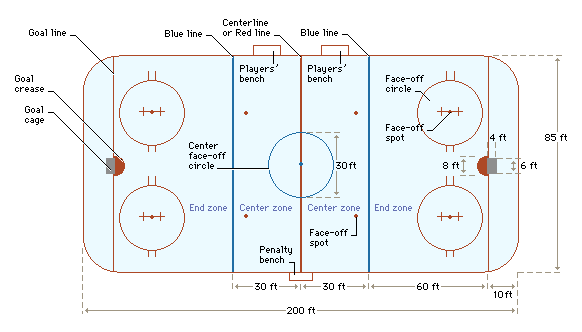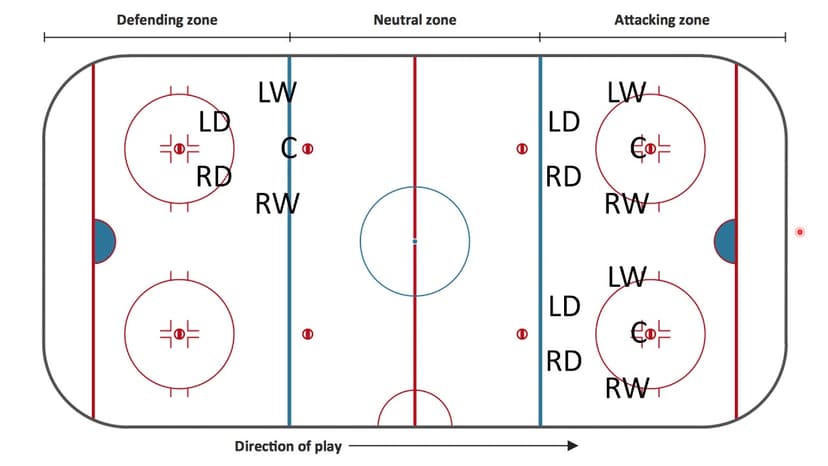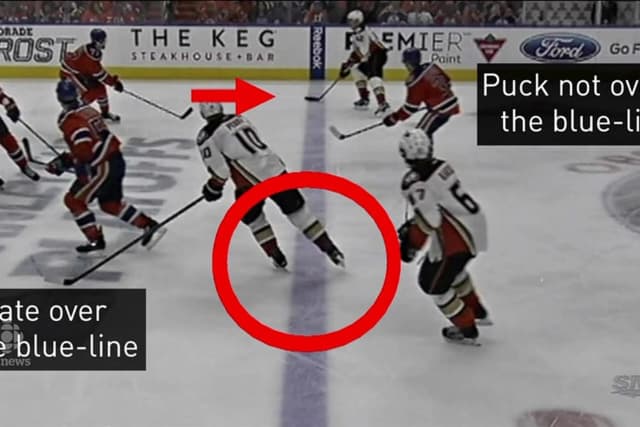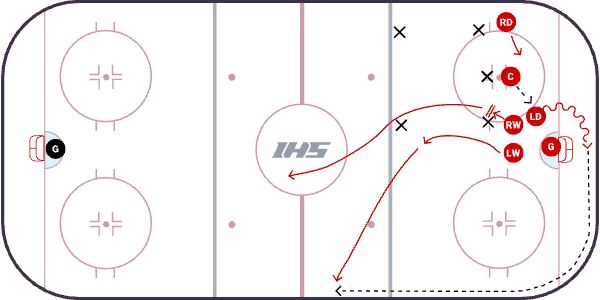Basic Rules of Hockey
Learn the fundamental rules of hockey with this complete guide designed specifically for recreational and beer league players.

Understanding the Game of Hockey
Hockey is a fast-paced, exciting sport that combines skill, strategy, and athleticism. Whether you're completely new to the game or need a refresher on the fundamentals, this guide will help you understand the basic rules that govern ice hockey.
The Objective
The goal of hockey is simple: score more goals than your opponent by getting the puck into their net using your hockey stick. Players skate around the ice, passing the puck to teammates and trying to create scoring opportunities while preventing the other team from doing the same.
Game Structure
- Periods: Hockey games consist of three periods. Professional games have 20-minute periods with 18-minute intermissions, while beer leagues typically use shorter periods (12-20 minutes) with brief breaks.
- Players on Ice: Each team has six players on the ice at any time: one goaltender, two defensemen, and three forwards (left wing, center, right wing).
- Substitutions: Players can be substituted during play (called "changing on the fly") or during stoppages in play.
The Hockey Rink

A hockey rink is divided into three zones by two blue lines:
- Defensive Zone: The area where your team's goal is located. You defend this zone to prevent the opposing team from scoring.
- Neutral Zone: The middle section between the two blue lines where much of the back-and-forth action takes place.
- Attacking Zone: The area with the opponent's goal where your team tries to score.
Other important rink features include the goal crease (protected area in front of each goal), faceoff circles, and the center line that divides the rink in half.
Player Positions

Forwards
- Center: Often the playmaker who takes faceoffs and supports both offense and defense.
- Left Wing: Typically plays on the left side of the ice and supports offensive attacks.
- Right Wing: Plays on the right side and works with the center and left wing to create scoring chances.
Defense and Goaltender
- Defensemen: Two players who primarily focus on preventing goals and clearing the puck from the defensive zone.
- Goaltender: The last line of defense who protects the goal and has special rules governing their play.
How Play Starts and Stops
Faceoffs

Play begins with a faceoff, where two opposing players compete for the puck when the referee drops it between their sticks. Faceoffs occur at the start of each period, after goals, and after most stoppages in play.
Common Stoppages
- Puck out of play: When the puck leaves the rink or hits the netting
- Offside: When a player enters the attacking zone before the puck
- Icing: When the puck is shot from behind the center line across the goal line
- Penalties: When a player commits an infraction
- Goaltender freezes the puck: When the goalie covers or holds the puck
Scoring
A goal is scored when the entire puck completely crosses the goal line between the goalposts and below the crossbar. The puck must be propelled by a stick—goals cannot be scored by kicking the puck or batting it with a high stick (above the crossbar).
- Assists: Up to two players can be credited with an assist on each goal for passing the puck to the goal scorer.
- Power Play Goals: Goals scored when the opposing team has a player in the penalty box.
- Short-Handed Goals: Goals scored when your team is down a player due to a penalty.
Common Penalties
When a player commits a penalty, they must sit in the penalty box for a specified time (usually 2 minutes for minor penalties). Their team plays short-handed during this time.
- Slashing: Hitting an opponent with your stick
- Tripping: Causing an opponent to fall using your stick, foot, or leg
- High-Sticking: Making contact with an opponent using a stick held above shoulder height
- Interference: Impeding a player who doesn't have possession of the puck
- Cross-Checking: Hitting an opponent with the shaft of your stick while holding it with both hands
- Too Many Men: Having more than six players on the ice at one time
Offside and Icing
Offside

A player is offside if they enter the attacking zone (cross the blue line) before the puck. When offside is called, play stops and a faceoff occurs in the neutral zone.
Icing
Icing occurs when a player shoots the puck from their own half of the ice across the opposing team's goal line. Play stops and the faceoff comes back to the defensive zone of the team that iced the puck. Icing is not called if the team is short-handed.
Special Situations
- Power Play: When your team has a player advantage due to an opponent's penalty. This is a great scoring opportunity.
- Penalty Kill: When your team is short-handed and trying to prevent the opposing team from scoring.
- Empty Net: When a team pulls their goaltender for an extra attacker, usually when trailing late in the game.
- Overtime: Extra playing time when the game is tied after regulation. Format varies by league.
Getting Started
These basic rules provide the foundation you need to understand and enjoy hockey. Don't worry about memorizing every detail before playing—hockey is a game best learned through experience. Focus on the fundamentals: stay onside, avoid penalties, and work with your teammates.
Most importantly, have fun! Hockey is an incredible sport that offers excitement, exercise, and camaraderie. Whether you're watching from the stands or lacing up your skates for the first time, welcome to the hockey community!
Defensive Zone Faceoff Positioning
In defensive zone, there is a difference in the positioning of the players. The center lines up at the dot to battle for the puck. The wings line up on the hash marks and one of the defencemen lines up on the boards. The other defenceman lines up in front of the net. You can learn more about why in this video: https://www.youtube.com/watch?v=JQn6-NiK3rU

Source: https://www.icehockeysystems.com/coaching-clip/wheel-fly-d-zone-faceoff-zone-golden-knights
© 2024 Beerleague.net. All rights reserved.
We use cookies
We use cookies to ensure you get the best experience on our website. For more information on how we use cookies, please see our privacy policy.